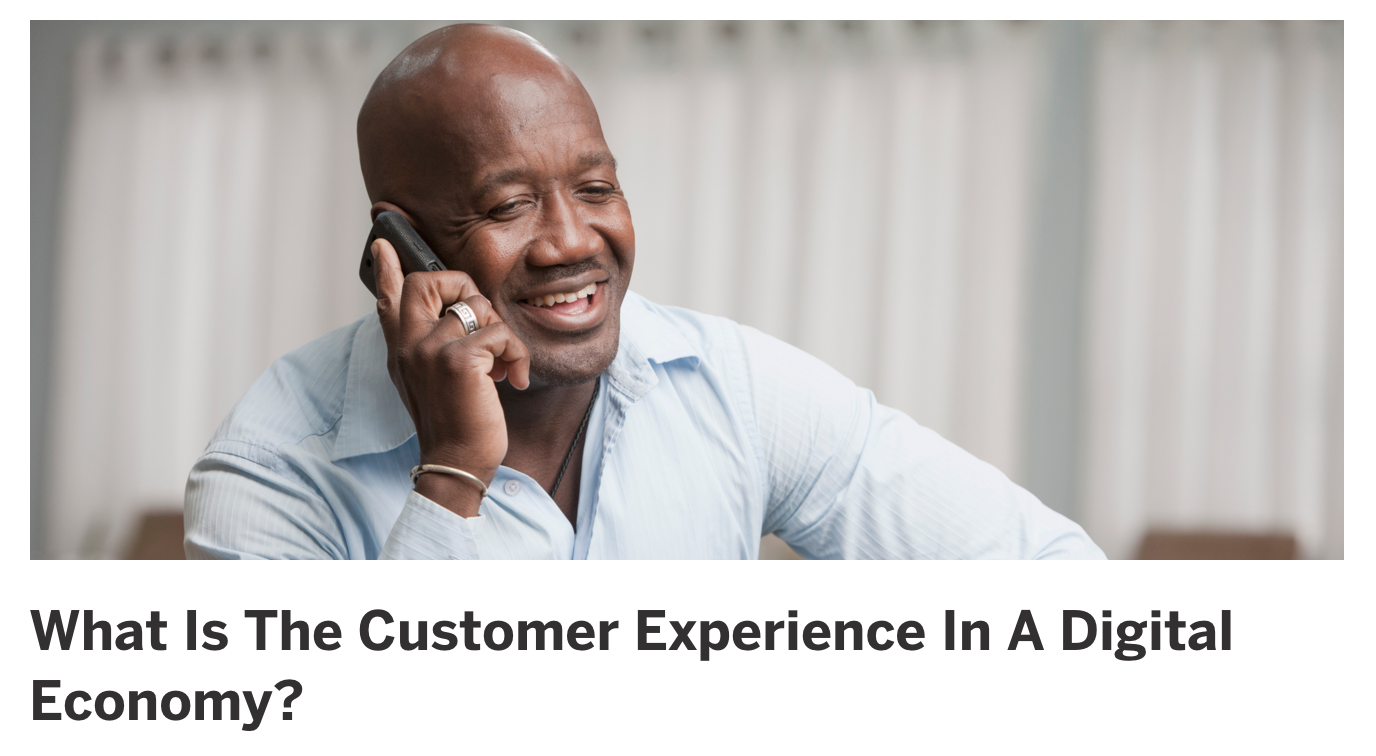“Content is king” is a phrase that can be heard echoing across the marketing world. In fact, 93% of all marketers have hopped aboard the content train.
But it’s not enough to simply have content. Frankly, it’s not even enough to have great content. Without the right distribution strategy, even the finest article you’ve ever laid your eyes on will only earn you a couple of extra retweets and maybe a few additional hits on your website.
“Brands that make content easy to access are the ones that have mastered modern distribution.”
Look at it this way: By the time a modern B2B customer reaches out to you, that company is already up to 90% of the way through its decision-making process. Buyers are doing their research well in advance, which means your content needs to be in a great position to reach them long before they’re ready to knock on your door.
The Personal Nature of Modern Distribution
The key to crafting a great distribution strategy is understanding the current climate. Today’s consumers generally carry a strong distrust for businesses, so making personal connections is the most valuable way to win over a heart (or sale). Therefore, content should be presented in a fashion that makes consumers feel like they’re talking to a knowledgeable friend.
Given the dramatic recent uptick in ad blocking, customers across the map are making it clear that they prefer to learn about new goods and services from their co-workers and social media confidantes. They’re not paying attention to traditional sales-y marketing material that pops up and interrupts their browsing experience.
To find success in this climate, marketers must extend a hand, organically introduce themselves, and maintain a consistent and reliable personality throughout every interaction.
The Cream of the Distribution Crop
Not sure where to begin? Here’s a quick snapshot of three companies that have dared to get personal with their content distribution:
1. SAP
SAP focuses primarily on increasing its blog traffic through thought leadership. The company partners with internal and external contributors to craft industry-specific content, all while building and maintaining personal connections with readers. More than 1,600 of SAP’s employees play vital roles in distributing this material throughout the Internet.
The result? Ten times the engagement on branded content and more than 250 million impressions. And the company has reached the scale of paid media programs at half the cost.
2. Autodesk
Autodesk introduced Project Bonfire as an employee-based initiative that strives to establish the brand as more than just a provider of CAD software. The program spans 32 countries with more than 1,400 employees actively sharing. The content within the program covers an array of topics that include sustainability, 3D printing, and education, and the company distributes material from a variety of sources, such as industry publications, thought leaders, user submissions, and industry RSS feeds.
Autodesk also focuses on showcasing the worldwide impact of its products. The company understands that the more emotion its content evokes, the more likely it will go viral. Further, Autodesk limits super technical content to its .com site, and it selectively utilizes gamification to avoid user fatigue and have a little fun.
3. Cathay Pacific
In an effort to drive brand awareness, engagement, and revenue, Cathay Pacific, an international airline, recently launched an employee advocacy program. The program brings various types of employees (pilots, baggage handlers, flight attendants, etc.) into one app to easily access the best content on travel.
Access to this content has positioned its employees as worldwide experts and thought leaders in the industry. If you have travel questions or just want to find some inspiration, Cathay Pacific’s 30,000 employees are there for you on every social media channel.
As the wheels are beginning to spin, you’ve probably realized that employees play a pivotal role in creating a successful distribution strategy. Therefore, you must ensure every staff member in every department is highly informed and educated about the brand, its mission, and its core values.
It’s time to quit relying on outdated content distribution channels. In this social media-driven world, employees are now the key carriers of a brand’s message. They’re the ones marketers need to count on when it comes to building strong relationships with potential clients.
Brands that make content friendly and easy to access are the ones that have mastered modern distribution.
Russ Fradin is a digital media industry veteran and an angel investor with more than 15 years of experience in online marketing. He is founder and CEO of Dynamic Signal, the leading platform for empowering employees to be effective brand advocates. Learn more here.
See More of the Best of the Best in Content Marketing
Check out the companies we’ve found to be the best-in-class this year with the Kapost 50.





